Results
-
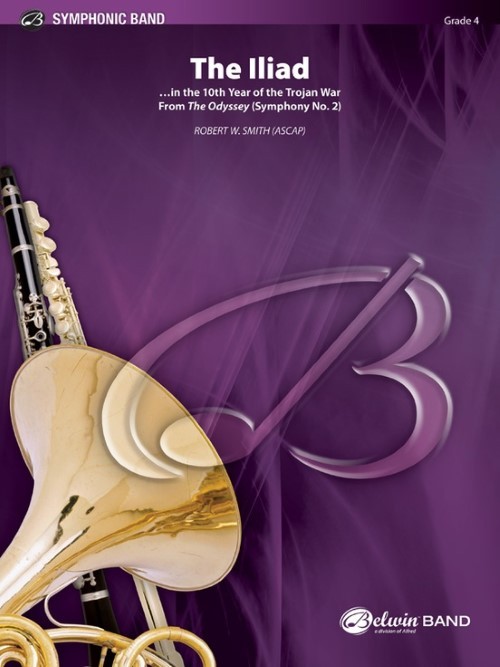 £87.50
£87.50The Iliad (from The Odyssey, Symphony No.2) (Concert Band - Score and Parts) - Smith, Robert W.
Calls to war are the prelude to this first movement of Robert W. Smith's Second Symphony for band, based on the classic story of 'The Odyssey'. You'll experience the squeaky wheels of the Trojan horse, the forest burning, and the sword fight amidst the distinguished regal melodies and energetic rhythms that drive to a conclusion. The ocean's presence is evident in the optional transition to the second movement, "The Winds of Poseidon". Much awaited, this work is monumental in nature. Duration: 7.45
Estimated dispatch 7-14 working days
-
 £139.99
£139.99Cobra Wind Band Set (Score & Parts)
Shortly after the Second World War, a combative movement of Danish, Belgian and Dutch artists chose the cobra snake - extremely dangerous yet considered sacred - as a symbol of their resistance to strict guideliness of form. The name "Cobra" also happens to contain the first letters of the cities Copenhagen, Brussels ans Amsterdam, from where most of the movement's members came. The Cobra movement, which existed from November 1948 until November 1951, can with some justicication be called the last major avant-garde movement of the 20th century.The source of inspiration for the composition Cobra comes from four paintings: "Obhobning" by the Dane Egill Jacobsen; "La jeune fille et la mort" by the Belgian Pierre Alechinsky; "Orgeldraaier" and "Le rythme joyeux de la ville" by the Dutch artists Karel Appel and Corneille. Obhobning means "pile-up", which is represented musically in the first part by a melodic and harmonic pilling up of perfect fourth's. The first part is also characterized by a rhythmic feeling, which the painting gives through its use of numerous black stripes. In the painting La jeune fille et la mort, Pierre Alechinsky places a young girl opposite Death. The second part features the constantly pulsating motion of live while a creeping, dark, melodic line develops. The tension between life and death is tangible as a battle reveals itself. In part three, one hears the Orgeldraaier by Karel Appel, as cheerful and playful as an organ grinder's music. The painting Le rythme joyeux de la ville by Corneille is busy and extremely dynamic, a perfect source of inspiration for a powerful, rhythmic ending to this composition. 0:09:57
Estimated dispatch 7-14 working days
-
£139.99
Cobra - Jan Bosveld
Shortly after the Second World War, a combative movement of Danish, Belgian and Dutch artists chose the cobra snake - extremely dangerous yet considered sacred - as a symbol of their resistance to strict guideliness of form. The name "Cobra" also happens to contain the first letters of the cities Copenhagen, Brussels ans Amsterdam, from where most of the movement's members came. The Cobra movement, which existed from November 1948 until November 1951, can with some justicication be called the last major avant-garde movement of the 20th century.The source of inspiration for the composition Cobra comes from four paintings: "Obhobning" by the Dane Egill Jacobsen; "La jeune fille et lamort" by the Belgian Pierre Alechinsky; "Orgeldraaier" and "Le rythme joyeux de la ville" by the Dutch artists Karel Appel and Corneille. Obhobning means "pile-up", which is represented musically in the first part by a melodic and harmonic pilling up of perfect fourth's. The first part is also characterized by a rhythmic feeling, which the painting gives through its use of numerous black stripes. In the painting La jeune fille et la mort, Pierre Alechinsky places a young girl opposite Death. The second part features the constantly pulsating motion of live while a creeping, dark, melodic line develops. The tension between life and death is tangible as a battle reveals itself. In part three, one hears the Orgeldraaier by Karel Appel, as cheerful and playful as an organ grinder's music. The painting Le rythme joyeux de la ville by Corneille is busy and extremely dynamic, a perfect source of inspiration for a powerful, rhythmic ending to this composition.
Estimated dispatch 7-14 working days
-
 £119.20
£119.20Sinfonisches Praludium (Concert Band - Score and Parts) - Bruckner, Anton - Doss, Thomas
The Symphonic Prelude in C minor is an orchestral composition from the circle of the Austrian composer Anton Bruckner. The unearthing of this work, discovered shortly after World War II, has created confusion, leading to a second, reduced version being attributed to Gustav Mahler, a theory which still holds sway in musical circles today, although there is a high probability that the original composition is indeed by Bruckner himself. Rudolf Krzyzanowski (1895-1911), a pupil of Bruckner, transcribed the score in 1876. The 43-page manuscript bears the inscription Rudolf Krzyzanowski cop. 1876 on the first page; while on the last page is written in blue pencil: By Anton Bruckner. Thomas Doss used a facsimile of this autograph copy as the basic of his instrumentation of the prelude for symphonic wind orchestra.Duration: 6.15
Estimated dispatch 7-14 working days
-
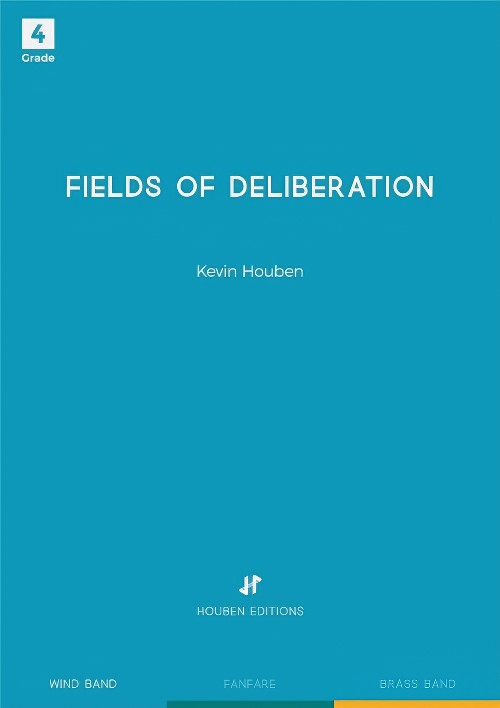 £109.60
£109.60Fields of Deliberation (Concert Band - Score and Parts) - Houben, Kevin
Fields of Deliberation was written by composer Kevin Houben for the 'Limburgs Fanfare Orkest'. The occasion was the concert cycle that appropriately commemorated the end of the Second World War. From the very first beginning till the end, speed, energy and 'drive' characterise this powerful composition. A magnificent lyrical melody is the common thread throughout the piece, without the rapid movement losing pace or intensity. Majestic, grand moments and energetic passages alternate culminating in an impressive highlight. This dynamic concert piece with a cinematic character is a challenge for all the different groups of instruments of the orchestra and is an added value for any concert program. Duration: 7.00
Estimated dispatch 7-14 working days
-
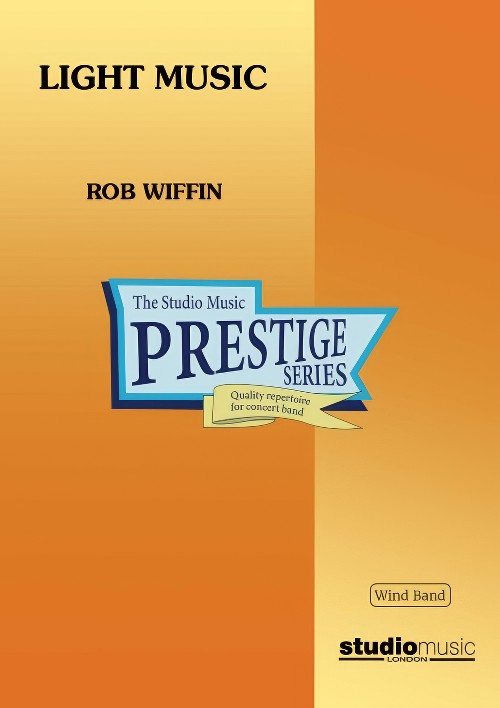 £27.95
£27.95Light Music (Concert Band - Score only) - Wiffin, Rob
The title Light Music alludes to different things. Most of the music in the suite is light in nature, and is in the inherently British tradition of 'light music' - original pieces which are often descriptive but essentially melodic. In another sense the music depicts various aspects of light itself. The title itself is a trick of the light!The first movement, Lightscape, portrays shifting patterns and types of light, highlighting some details and obscuring others. It is sometimes vibrant, dancing and full of movement, and sometimes tranquil.The second movement, At the going down of the sun, considers the light of the sun as it sets. Because of the nature of his career, the composer has written a fair amount of ceremonial music and this movement is close to that genre once again. There is, in the title, a reference to the familiar Remembrance line 'At the going down of the sun and in the morning we will remember them' from the poem For the Fallen by Robert Laurence Binyon (1869-1943) written in September 1914, a few weeks after the outbreak of the First World War. While the music is not a setting of these words - or in any way referential - there is an echo of the words 'We will remember them'.The suite finishes with Set Alight which starts off with a few combustible bars as the flame catches and then the fire is under way.Duration: 11.30
Estimated dispatch 7-14 working days
-
 £137.95
£137.95Light Music (Concert Band - Score and Parts) - Wiffin, Rob
The title Light Music alludes to different things. Most of the music in the suite is light in nature, and is in the inherently British tradition of 'light music' - original pieces which are often descriptive but essentially melodic. In another sense the music depicts various aspects of light itself. The title itself is a trick of the light!The first movement, Lightscape, portrays shifting patterns and types of light, highlighting some details and obscuring others. It is sometimes vibrant, dancing and full of movement, and sometimes tranquil.The second movement, At the going down of the sun, considers the light of the sun as it sets. Because of the nature of his career, the composer has written a fair amount of ceremonial music and this movement is close to that genre once again. There is, in the title, a reference to the familiar Remembrance line 'At the going down of the sun and in the morning we will remember them' from the poem For the Fallen by Robert Laurence Binyon (1869-1943) written in September 1914, a few weeks after the outbreak of the First World War. While the music is not a setting of these words - or in any way referential - there is an echo of the words 'We will remember them'.The suite finishes with Set Alight which starts off with a few combustible bars as the flame catches and then the fire is under way.Duration: 11.30
Estimated dispatch 7-14 working days
-
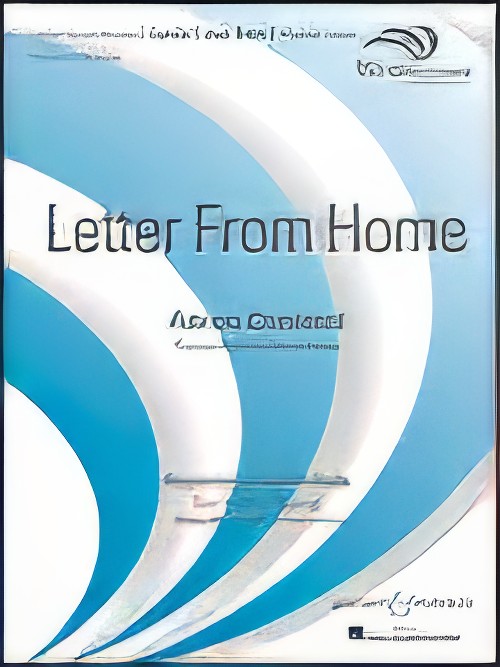 £85.00
£85.00Letter from Home (Windependence Concert Band - Score and Parts) - Copland, Aaron - Belski, Brian
Letter from Home was commissioned as a patriotic work in 1944 by Paul Whiteman and his Radio Hall of Fame Orchestra. Composed toward the end of the Second World War, this music suggests the emotions of a soldier reading a letter from home. The music has been described as Copland's 'most sentimental' and reflects his own homesickness while visiting Mexico. This sensitive transcription by Brian Belski has produced another wonderful wind band setting from America's most iconic composer.
Estimated dispatch 7-14 working days
-
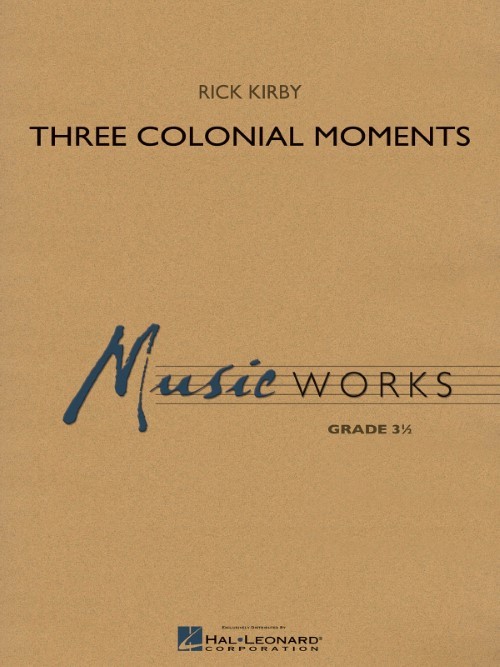 £74.99
£74.99Three Colonial Moments (Concert Band - Score and Parts) - Kirby, Rick
Depicting three contrasting and intriguing settings from early American lore, Rick Kirby masterfully brings these images to life in this suite for band. The first movement tells the legend of The Phantom Drummer with unique orchestrational effects. The second movement, The Lady's Lament, mourns the loss of loved ones in the Revolutionary War, and the suite concludes with the lively dance Virginia Two-Step. Rich in stylistic and tonal variety, this is an appealing work for concert or festival use.Duration: 8:00
Estimated dispatch 7-14 working days
-
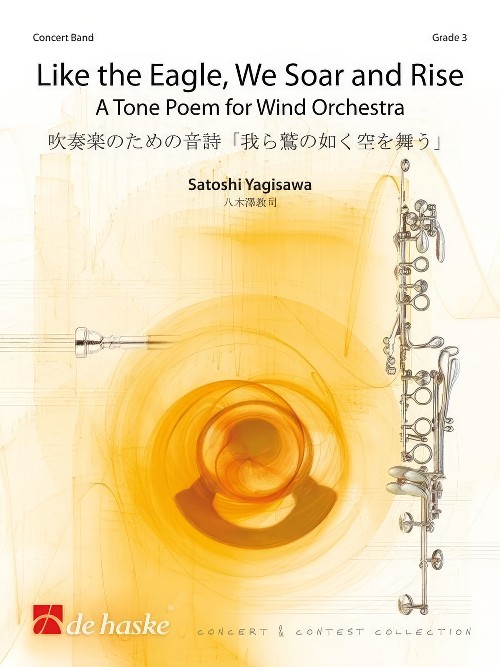 £144.99
£144.99Like the Eagle, We Soar and Rise (Concert Band - Score and Parts) - Yagisawa, Satoshi
Like the Eagle, We Soar and Rise was commissioned by Yuying Secondary School Concert Band and Yuying Alumni Association for the 2010 centenary of the school's foundation. The piece was named by a friend of the composer named Steven Phua, who originally suggested commissioning a new piece to Satoshi Yagisawa. The piece furthermore takes its name from the text of the Yuying Secondary School song.This composition is based on three different concepts: the first one demonstrates 'The founders' passion for education'; the second concept illustrates 'Hardship in war time'; the third one 'To the future' describes the inner strength people find to overcome struggles. This piece concludes with a fanfare, which is the sound of hope that leads to a brighter future in a positive direction.The world premiere of this piece was conducted by Faizal Bin Othman, who is one of the leading educators in Singapore, and was performed by the Yuying Secondary School Concert Band.Duration: 8.00
Estimated dispatch 7-14 working days
